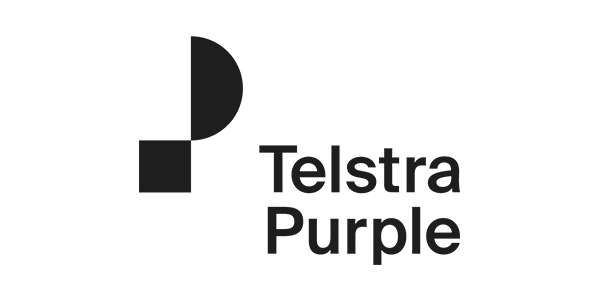Small cells: the state of play
We work with Alcatel-Lucent on their innovative Wilson Street website, an in-depth resource on all things small cells. Wilson Street regularly features blog posts, infographics, industry comment, interviews and more all around one of the tech sector’s most exciting and fastest-growing solutions.
Small cells, and in particular the public access variety productised by Alcatel-Lucent as metro cells, are enjoying great growth right now. Small cell technology helps mobile network operators (MNOs) to boost cellular capacity in high footfall areas and coverage in remote and rural locations. This helps them give end-users what they want: a five-bar mobile signal and plenty of bandwidth no matter they are.
The latest in the market
Alcatel-Lucent themselves have recently been in the news, providing Telefonica O2 with enterprise metro cells and gateway equipment which the operator will roll out throughout Germany. The deal will see Telefonica O2 deploy Alcatel-Lucent’s ‘plug and play’ solution in both office buildings and other high-usage outdoor locations where concrete, steel and glass constructions disrupt mobile signal quality via attenuation.
Small cell base stations growing rapidly
Berg Insights recently reported that small cell base station shipments will reach 40 million units by 2018, at a CAGR of around 46 per cent. This is quite staggering growth when one considers that the number of small cell base station deployments around the world at the end of 2012 was just above the 4 million mark. This installation of more base stations within the macro cell layer of the network, known as ‘densification’, creates a greater number of nodes on the network allowing operators to enhance capacity and coverage. This is vital to meed mobile data demand, which continues to increase exponentially.
Disney gets in on the small cells act
News from the US that entertainment giant Disney is to deploy small cells in two of its main resorts to enhance mobile connectivity. Walt Disney World Resort and Disneyland Resort guests look set to benefit from greatly enhanced connectivity and capacity thanks to Disney striking a deal with AT&T to roll out small cells to maximize existing AT&T spectrum in the resorts and bring a better service to users. Guests will even have access to free charging stations throughout the resorts, allowing them to recharge those battery-heavy smartphones and tablets whenever they need to.
LTE metro cells to take up the slack
Another new report forecasts that LTE in the macro cell layer will probably not be sufficient to manage the rapidly-rising demand for mobile data, and that operators will need to turn to LTE metro cells to deliver the necessary capacity. iGR reports that operators will take a structured approach which employs radio access network (RAN) upgrades, new licensed spectrum, Wi-Fi and small cells plus distributed antenna systems (DAS). Altogether this forms the heterogeneous network, or HetNet, and allows operators to enjoy greater flexibility and efficiency when deploying next generation networks.
The report, Global LTE Metrocells Forecast, 2012-2017: Addressable Market and Deployments, estimates the likely deployment figures for six regions, North America, Latin America, Europe, Middle East and Africa, Asia-Pacific and Japan.
On backhaul
Backhaul, the links of the network that connect the core macro layer to the edge network and small cells and help operators ensure consistent connectivity and quality, is set for a revenue explosion according to research from the Dell’Oro Group.
Backhaul is vital to supporting the next generation network and meeting end-user demand – and the rapid rise in smartphone and tablet penetration is set to push small cell backhaul revenues over $500 million by 2017.
Community networks latest
Community-led networks are one of the most popular practical uses of small cells currently taking place, as forward-thinking residents look to the technology to make their village or town’s connectivity exponentially better.
Caldbeck in Cumbria recently partnered up with Vodafone to install the provider’s Open Sure Signal small cells solution throughout the village, bringing 3G coverage to areas which were previously connectivity black holes. Residents, workers and visiting tourists can now enjoy high speed connectivity and a strong signal through all local venues including the town hall, local pub, doctor’s surgery and even the bowling green!
In summary
The latest research from Infonetics predicts rude health for the small cells market overall throughout the next few years. Highlights from the report, Small Cell Equipment Market Size and Forecast, include the global small cell market growing to a value of $2.7 billion by 2017, 4G small cell shipments to outstrip 3G by the end of this year and the Asia Pacific region to lead the small cell market in 2013 with 50% of all units shipped.

![Create the ideal white paper in eight weeks [infographic]](https://www.futuritymedia.com/wp-content/uploads/2020/02/Futurity-Whitepaper-Timeline-Graphic-v6-header.jpg)

![New to ABM? Follow these 5 steps to drive complex sales [UPDATED]](https://www.futuritymedia.com/wp-content/uploads/2023/04/shutterstock_1225782988.jpg)



















